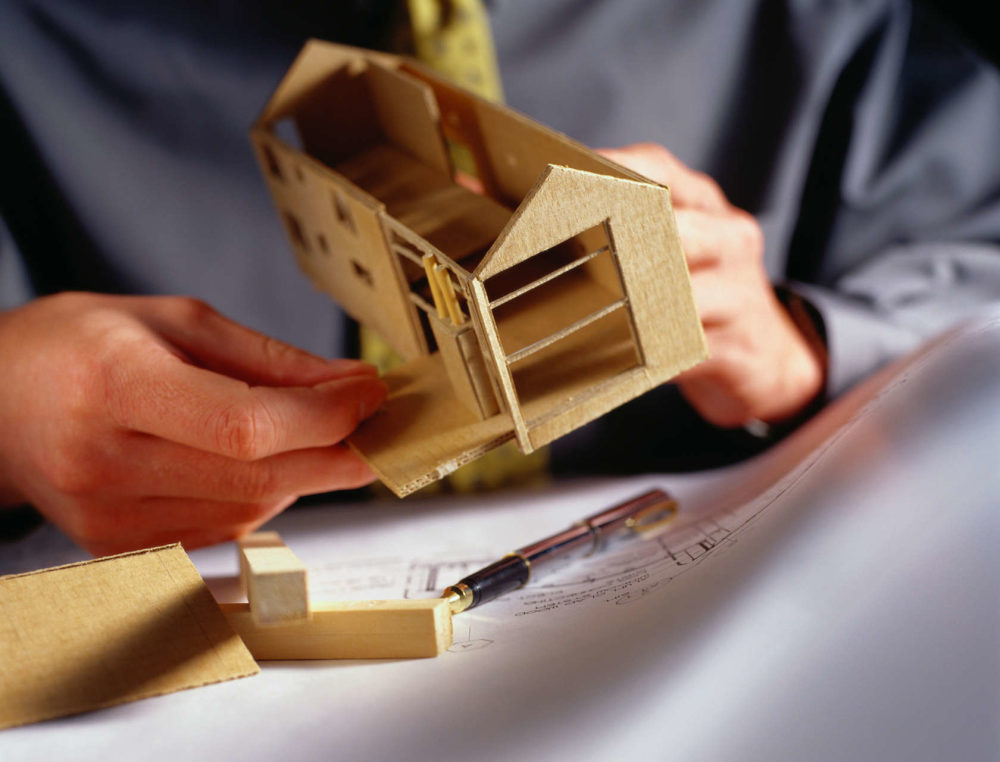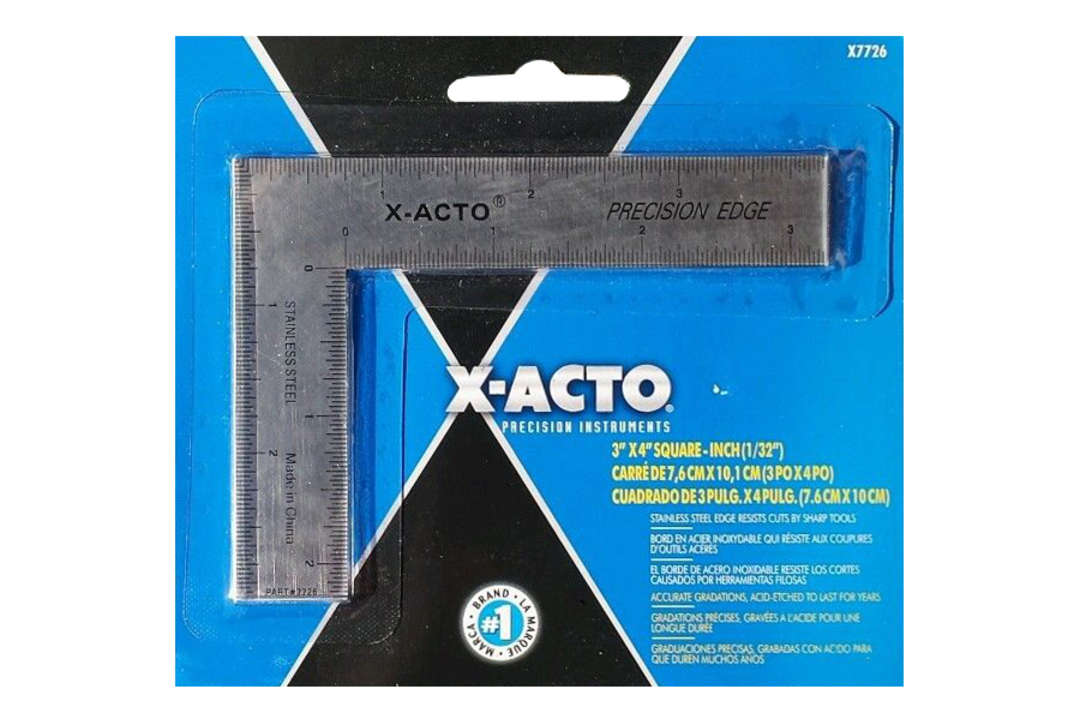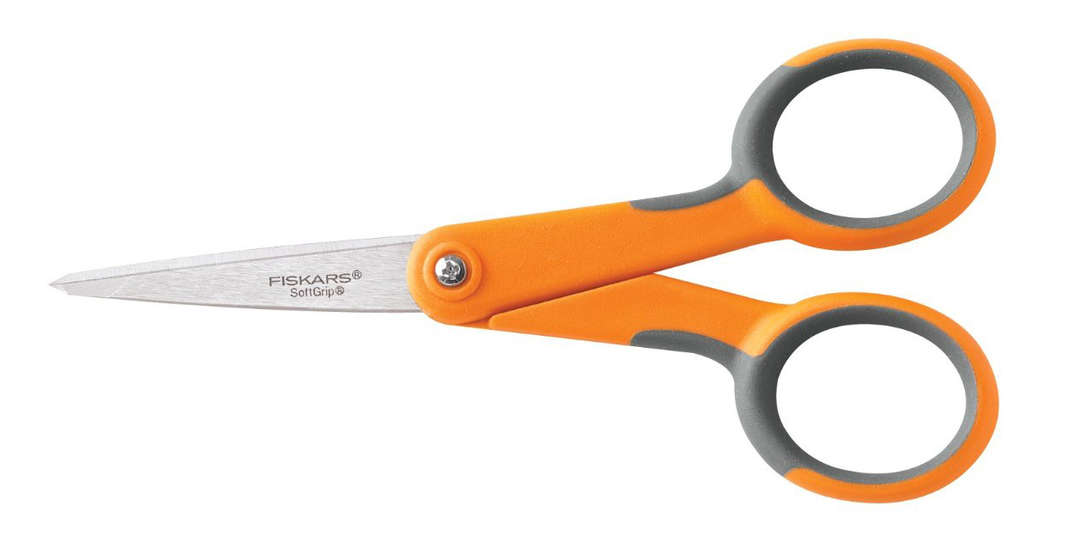
Last week I built a simple foam core model for a client after several years of not building any kind of model. Thankfully, I quickly learned I still have the skills of the accomplished model-builder I once was in architecture school.
OK, I’m being dramatic, but building architecture models was something I always took a lot of pride in. After graduation I got so busy with the Architect Registration Exam, I actually forgot that cutting foam core with a sharp knife is one of my greatest joys in life.
During architecture school, everyone has their own strengths. Most people are good at drawing, some can render really well, some recall history and a few people were amazing at creating buildings on the computer. Building REAL models (with my hands) was how I communicated best.
In a design class, I typically used models to express myself every step of the way. In the beginning of the semester, the models were frequently abstract and crude. They often could have been mistaken as the work of a five-year-old.
As the semester progressed and I learned more about my design solution, the quality of the models started to evolve. After all design decisions were finalized, the very last step of the semester always involved building a museum-quality architecture model of my building.
Building great architecture models is a skill. It takes a lot of practice and patience, but anyone can learn it.
Use the right tool for the job
Your cake is only as good as the quality of ingredients you put into it. That old utility knife with the blade that hasn’t been changed in six months has no place being anywhere near an architectural model. Throw it away.
These are the core tools I use for building models:
9mm OLFA Knife
… and a pile of fresh blades
This is my general all-purpose knife that pretty much gets used for everything. I really like the fact that the length of the blade is adjustable, because sometimes you need a 2” blade to cut into insulation or super-thick foam core. I love how the top blade snaps off so there’s no excuse for not having a sharp tip. In the last few years, Olfa started making black blades that are significantly stronger and sharper than the regular blades.
X-ACTO Knife
… and a pile of fresh blades
I have always been scared of the X-ACTO knives. They are insanely sharp, very dangerous and I have hurt myself with them. Nevertheless, it is by far the best tool ever invented for cutting tiny details. In my view, though, the X-ACTO is way too dangerous to be used as an all-round utility knife!
During college, a lot of people would argue about X-ACTO versus OLFA knives. I actually subscribed to both schools of thought. The OLFA 9mm Knife is an amazing all-around utility knife. X-ACTO’s strength is in the details, and it is incredibly sharp. For my recent foam core model, I used the OLFA for 85 percent of the work, but the X-ACTO cut all the doors and windows beautifully at ¼”.
Most importantly, no matter what kind of model you build, you always need to use a fresh, sharp blade. I can’t stress this enough.
X-ACTO Precision Edge
This is the miniature version of a carpenter’s square. This tool can quickly draw 90-degree angles and make sure everything in your model is straight and plumb. I like to put some masking tape on the backside to help it grip onto the material better. I have built so many models with this tool, I can’t even think about how to do stuff without one.
Glue Syringe
…filled with Sobo tacky glue
It’s not necessary to hold a year’s supply of glue in your hand every time you glue something. Glue Syringes are perfect for accessing hard to reach areas of your model.
As far as all-purpose white glue, I prefer Sobo glue, but there are many other great tacky glues on the market. The Elmer’s glue you used as a kid is crap, you can also throw that away with your box-opening tool. Check out my blogpost where I break down all types of glue and tape used for building architecture Models.
6” Metal Ruler
Small metal rulers are easier to maneuver, and this particular size gets used the most.
18” Metal Ruler
For those moments when the little guy doesn’t cut it.
Self Healing Cutting Mat
The self-healing surface will absorb the knife tip without dulling it as would occur if you were cutting on top of another surface. It will also protect the surface you are working on. In the long run, this cutting mat will save you tons of money in knife blades.
Little Scissors
Little scissors are perfect for when whatever you’re cutting is too labor intensive to cut with a knife. There are a million types of little scissors on the market, but I always preferred Fiskars products because they are very well made and will stay sharp for years.
With these basic tools, you can basically take over the world!
There are other things I use, such as tweezers, nail files, canned air and a million types of glue and adhesives. I could go on forever. But really, the items above are my essential model-building tools.
A Few Tips for Building Great Architecture Models
I love talking about architecture models so much, here are a few pointers to consider when building your next model …
1. Wash your hands every 30 minutes
Not everyone has to do this, but I definitely do. Oil naturally develops on my fingers and then leaves fingerprints on my model. I like to set a timer that repeatedly goes off every 30 minutes to remind me to wash my hands.
It took me years to figure this out, but when I did, the quality of my models jumped up two levels. This information is gold, especially if your model is white. I also do this when I am working on museum-quality drawings for final presentation.
2. Plan, execute, stop, move on and repeat
Look at the model, figure out how you’re going to build only a certain part of it. Think about what’s the cleanest way to build it. DO IT. Then stop. Move on to the next section and repeat the process.
Just remember that old saying: Measure twice, cut once. Mentally thinking through each step of a model before you actually cut any material is worth its weight in gold. If you can make this a habit, you will surprise yourself with how fast you can build models and more effectively.
A detail from SHoP Architects’ scale model for the Uber Headquarters in San Francisco; read more about the project in our in-depth feature, “From Model to Masterpiece.”
3. Get some light on that architecture model
Model-building strains the eyes as you look at such small, detailed pieces. You need to get some good lights, otherwise your eyes will get tired quickly, and you will need to rest them long before you’re done building your model.
This was a little controversial when I was in college, especially with my family members. But when I am building models, I like to turn on all the lights that are available to be turned on.
I make the room super bright and also the pathway between the model, the bathroom, and the kitchen. This helps me stay awake and focused on the task at hand. I know it’s not very sustainable to use every light in the house to build a little model, but luckily it’s only for a few hours a semester and will actually make a huge difference in your energy levels when you have to work late into the night.
4. Make templates for everything
Templates will save you more time and energy model-building than you can ever imagine. If you have any repetitive element in your model, you must make a template for it. This could involve:
- Creating templates to easily locate sill and head heights on windows
- Using scrap material to help achieve consistent spacing
- Creating guides to accurately allow cutting many pieces at the same length without measuring each one out
- Making a template for drawing or cutting curves
The possibility of building models with templates is endless. The more you use them, the faster, more consistent and precise your model will be.
Mies van der Rohe stands with a scale model for Crown Hall in Chicago. See more beautiful models like this in our collection of “Absolute Stunners.” Photograph via Dailytonic
5. Get educated about glue and tape
Never stop experimenting with glue and tape. There are a million different types of tape and glue, they each have their own strengths and weaknesses. Knowing the capabilities of how each performs with certain materials can make or break the believability of your design or model.
Make sure you check out The Architect’s Guide to Glue and Tape to learn all about glue, tape and adhesives.
6. Always use good tools and sharp knives
If you make it a habit to do these things, your models will be built faster and be of museum quality. Your model-building skills will ultimately make you a better Architect!
What about you?
If you’ve got some great advice about things you’ve learned building architectural models, please leave a comment below.









